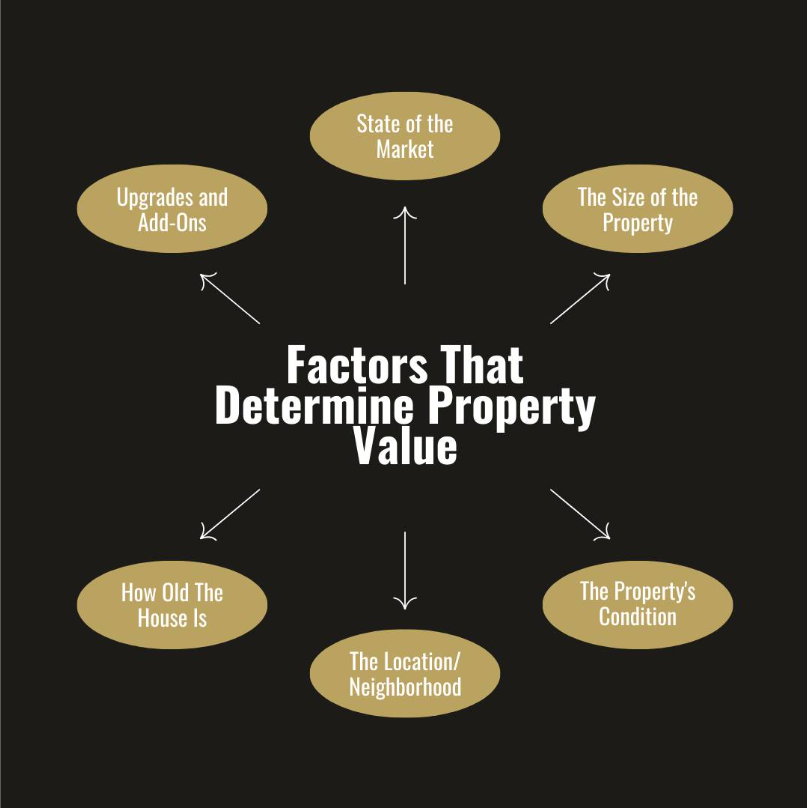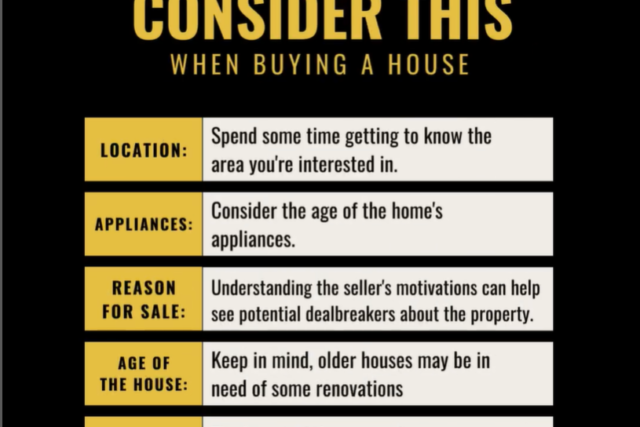
Have you ever wondered about the discrepancy of home pricing? From modest abodes to luxurious estates, the factors influencing these price tags are diverse and fascinating. Let’s dive into the key elements that shape the value of residential properties:
The Pulse of the Market: Think of the real estate market as a living, breathing entity. Its vitality dictates the ebb and flow of prices. During periods of high demand, prices soar, while in times of lesser activity, they may plateau or even decline.
Size Matters: It’s a simple equation: more square footage equals a higher price tag. Larger homes naturally command greater value due to their increased living space and potential for amenities.
Luxury Upgrades and Additions: Picture-perfect kitchens, spa-like bathrooms, and chic renovations can significantly enhance a property’s value. These modern touches not only elevate aesthetics but also provide tangible benefits that resonate with buyers.
Location, Location, Location: Beyond mere coordinates, your home’s neighborhood plays a pivotal role in its valuation. Proximity to desirable amenities such as schools, parks, and vibrant entertainment hubs can significantly augment its appeal and market worth.
The State of Maintenance: A well-maintained home is akin to a well-tended garden—both bloom with value. Properties in impeccable condition fetch higher prices as they offer turnkey solutions, sparing buyers the hassle and expense of extensive repairs.
Age Ain’t Just a Number: While historic charm exudes undeniable allure, older homes often require more attention and upkeep. In contrast, newer constructions boast modern conveniences and architectural innovations, albeit at a premium price point.
By grasping these fundamental principles, you gain invaluable insights into the dynamics of home pricing. Whether you’re buying, selling, or simply curious, understanding these nuances empowers you to make informed decisions in the ever-evolving realm of real estate.


